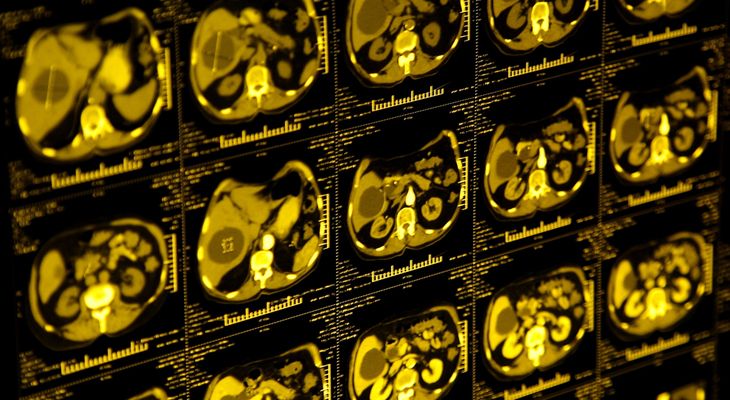Patient Radiation Exposure Down 20 Percent in United States
Low-dose procedures and shifting in imaging are credited for the decline.

Between 2006 and 2016, patients in the United States were exposed to 20 percent less medical radiation. This decrease halts the nearly 25-year uptick in exposure.
The data, published Tuesday in Radiology, details a stark change from the last major report to measure patient radiation exposure. That study revealed a six-fold increase nationwide between 1980 and 2006, sounding an alarm bell for a need to control radiation doses whenever possible.
“The radiation dose to the U.S. population went up dramatically because of medical exposure, mostly from CT scanning and nuclear medicine,” said lead study author Fred A. Mettler, Jr., M.D., a radiologist with the University of New Mexico in Albuquerque, in a press statement. “And, that woke everybody up to the problem.”
The efforts that followed, such as the Image Wisely and Image Gently campaigns, were intended to not only increase awareness of dose exposure among providers, but to also help manufacturers design and construct technologies that could more effectively adjust dose. The results of those efforts had not been evaluated before.
To determine current levels of radiation exposure, Mettler’s team examined the results of the 2019 National Council on Radiation Protection and Measurement (NCRP) Report 184. They found that, even though the U.S. population grew by approximately 23 million people during the decade for which data was collected, the number of diagnostic and interventional exams remained relatively stagnant. Instead, the dose fell by roughly 20 percent – from 2.9 mSv in 2006 to 2.3 mSv in 2016.
The team pointed to several factors that could have contributed to the drop. First, largely due to a drop in reimbursement, the number of nuclear medicine procedures decreased from 17 million in 2006 to 13.5 million in 2016. During that time, Medicare reduced payment for nuclear medicine-based procedures to cardiologists, pushing many to turn to ultrasound-based stress echocardiography.
“Nuclear medicine basically fell off a cliff,” Mettler said.
Changes in CT scans also affected radiation dose. Although the number of CT scans climbed from 67 million to 84 million during the study period, the average dose in the individual dropped by 6 percent. Enhanced technology can be credited for the improvement, said Mahadevappa Mahesh, M.S., Ph.D., professor of radiology and cardiology at Johns Hopkins University School of Medicine.
“One important factor is the dose modulation technologies available on most CT scanners in the country,” he explained. “The second factor is that overall CT detectors are becoming very efficient in the sense that they can utilize less radiation to create the same quality images.”
Based on their findings, Mettler’s team made recommendations for any potential, future dose evaluation efforts. They advocated for a better analysis by Medicare of disease differences and the frequency of different procedures in the Medicare population versus the general public. In addition, they also suggested expanded automated dose reporting and dose registries by the professional societies, as well as additional Nationwide Evaluation of X-ray Trend surveys by the Food & Drug Administration, would be helpful.
Overall, according to Andrew J. Einstein, M.D., Ph.D., a cardiologist at Columbia University Irving Medical Center and New York-Presbyterian Hospital, these dose-reduction efforts by Mettler’s team should be considered positive first steps in the effort toward continued decreases. Efforts should be redoubled and novel solutions for dose reduction should be considered and implemented.
“The onus is on all imaging stakeholders to improve justification and optimization, so that when the NCRP next revisits the collective medical radiation burden to the U.S. population, continued progress will be assuredly seen,” he said in an accompanying editorial.